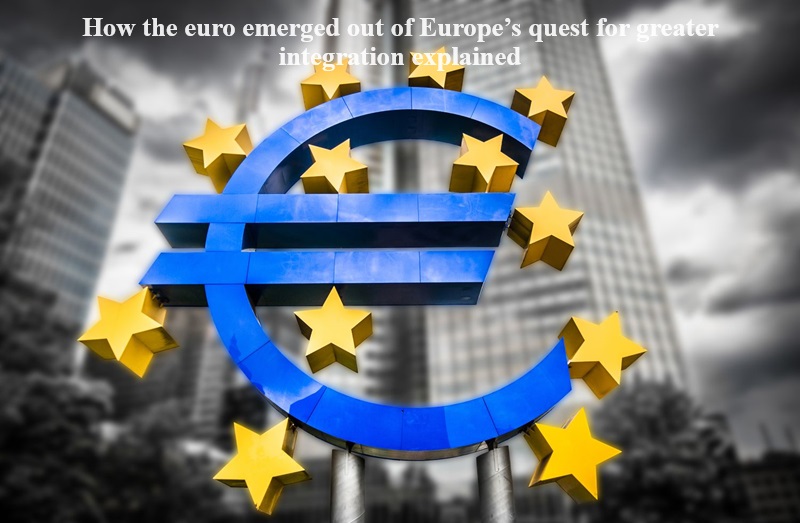
As the world celebrated the arrival of 2024, it marked the completion of 25 years since the introduction of the euro, the common currency of the 20-member euro zone, on New Year’s Day in 1999. The euro’s initial three years, from January 1999 to December 2001, were characterized by its “invisible” presence, primarily utilized for accounting purposes and electronic payments.
On January 1, 2002, the euro took physical form in the shape of coins and notes, officially entering the market in the euro zone. This marked an unprecedented moment in history as several countries joined forces to establish a monetary union, leading to the overnight obsolescence of historical currencies such as the franc and the deutsche mark.
The journey to the introduction of the euro was a complex and significant process. The backdrop was the aftermath of numerous wars in Europe, including the devastation of the Second World War. The war left the European economy in shambles, dividing the continent into spheres of influence controlled by the United States and the Soviet Union. In the Western European countries aligned with the US, the idea of closer political and economic union gained traction as a means to prevent future conflicts on the continent.
The initial step toward economic integration took shape in the early 1950s with the creation of the European Coal and Steel Community (ECSC). The ECSC aimed to establish a common market for coal and steel industries in Western Europe, with a focus on fostering solidarity and cooperation. France and (West) Germany, as the largest economies on the mainland, played a pivotal role in the success of this common market.
The Schuman Declaration, a foundational document for the common market, emphasized the significance of solidarity in production to render any future war between France and Germany not only unthinkable but materially impossible. This marked the beginning of a journey toward the economic and monetary union that ultimately led to the introduction of the euro.

Post Your Comments